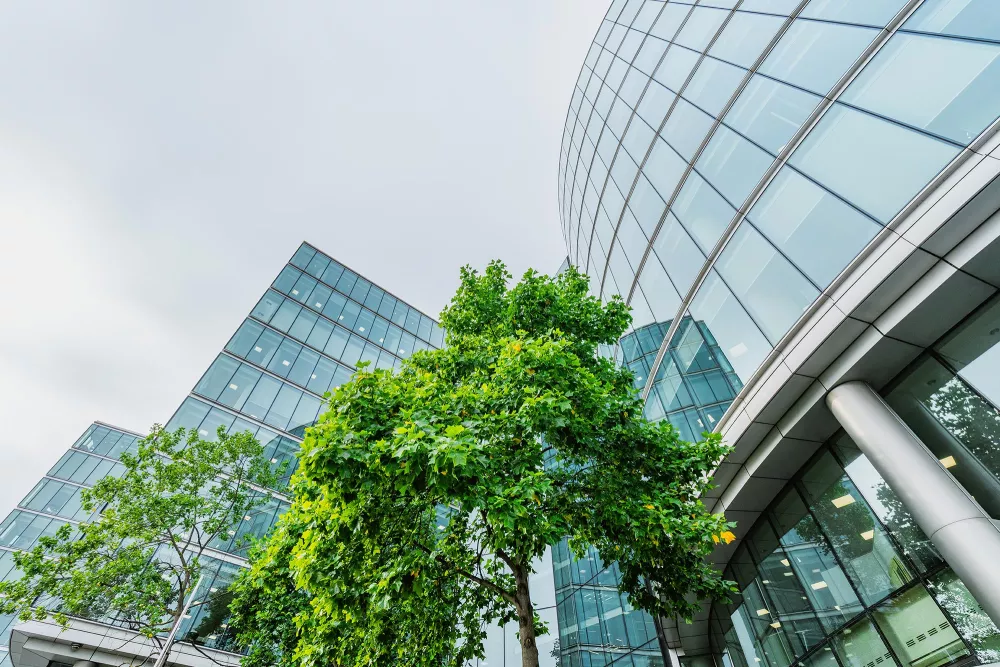Now live: The 2025 Canopy Report. Learn how Americans see trees. GET THE REPORT
Bulletin
Trees and Green Space Make Economic Sense
More than ever, home and business owners, as well as civic officials, must be conscious of every dollar. In this bulletin, trees and the open spaces where they can grow are looked at through an economic lens. What we find has led to the title of this issue.

Trees and the smart use of land in our communities make economic sense –– both in good times and challenging times.
Of the many benefits provided by trees, their economic contributions to individual homeowners and entire communities are increasingly important.
“How do I love thee? Let me count the ways.” Perhaps the English poet Elizabeth Barrett Browning would not mind lending these words to our feelings for trees. The reasons that most of us value trees range from providing a home for birds to fighting climate change. We love trees for sentimental reasons, aesthetic reasons, and even spiritual reasons. But in these challenging times, it is important to also look at trees in the harsh light of economic analysis. As can be seen in the section about red fields, hard times may even provide unprecedented opportunity to make sound investments for more open space and landscaping that enhance property values and elevate the quality of life.
Following are some of the many practical contributions provided by trees. We include trees in our yards and businesses, along streets, and in parks and open spaces. Together, these special places and their vegetation make our communities better places to live –– and they can be the catalyst for saving money and stimulating economic growth.
In This Bulletin
Here’s what’s inside:
- Preponderance of the Evidence – research-based findings about the economic value of trees
- Red Fields to Green Fields – turning community challenges into opportunities with trees
- More Examples of Red Field Action – communities putting trees to work
- Smart Growth Can Save Dollars – more trees can lower costs for taxpayers
- HOAs and Other Opportunities – more groups that can be educated to improve a community forest
